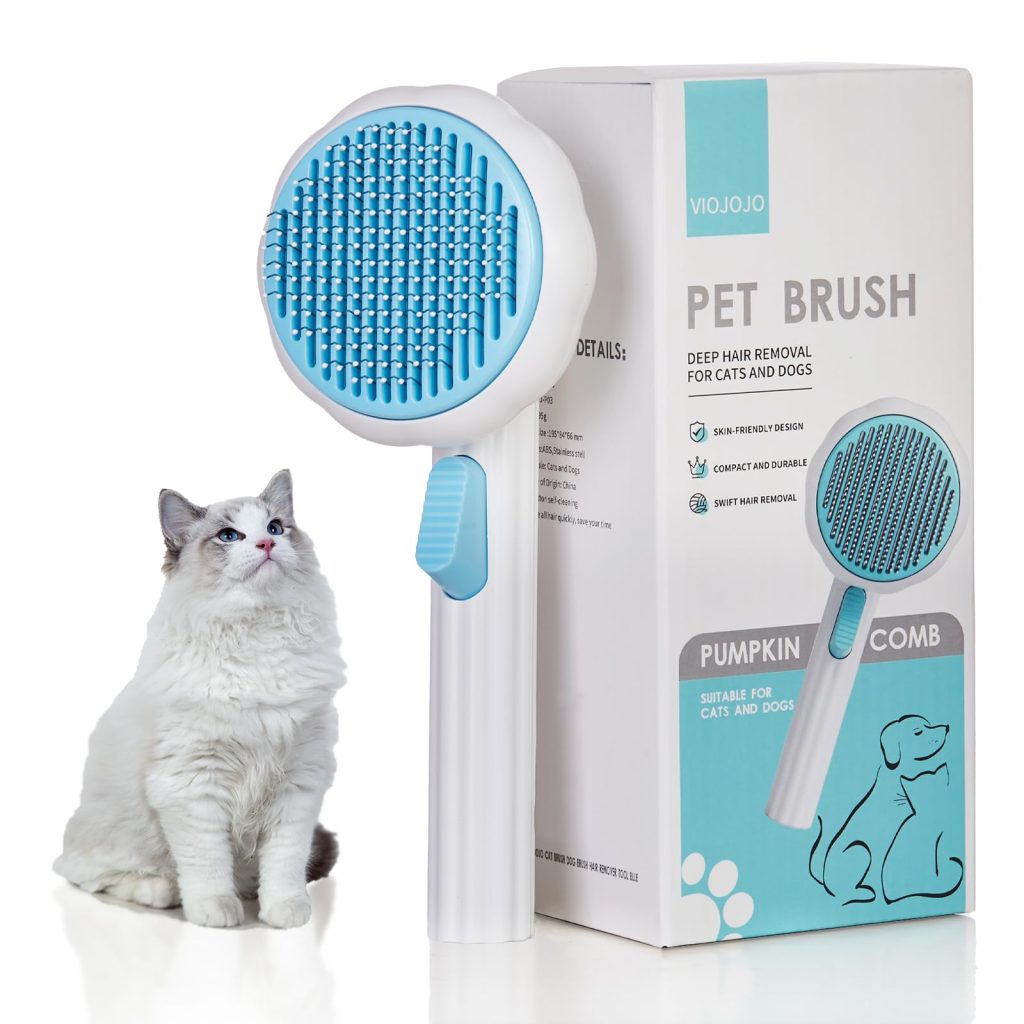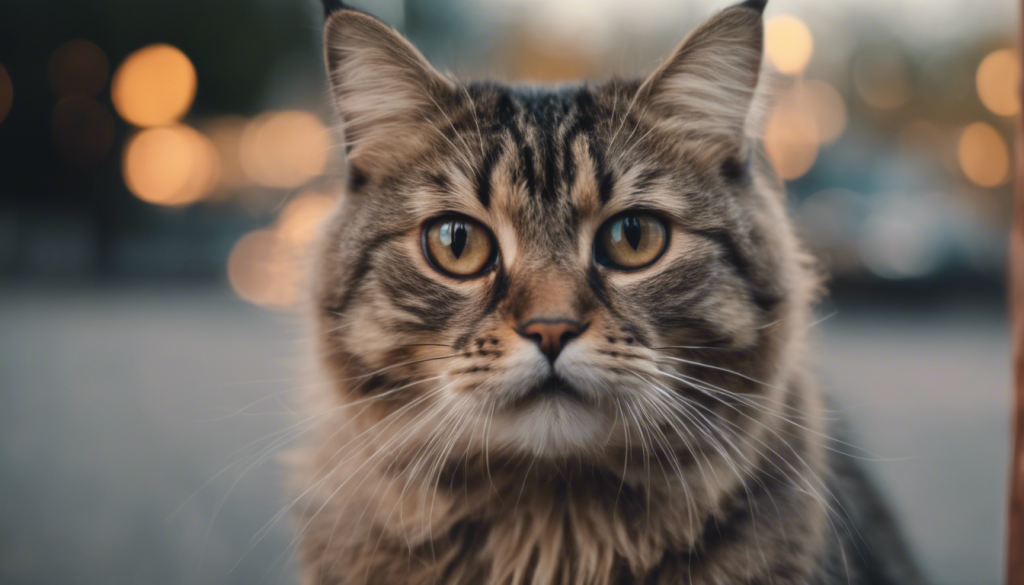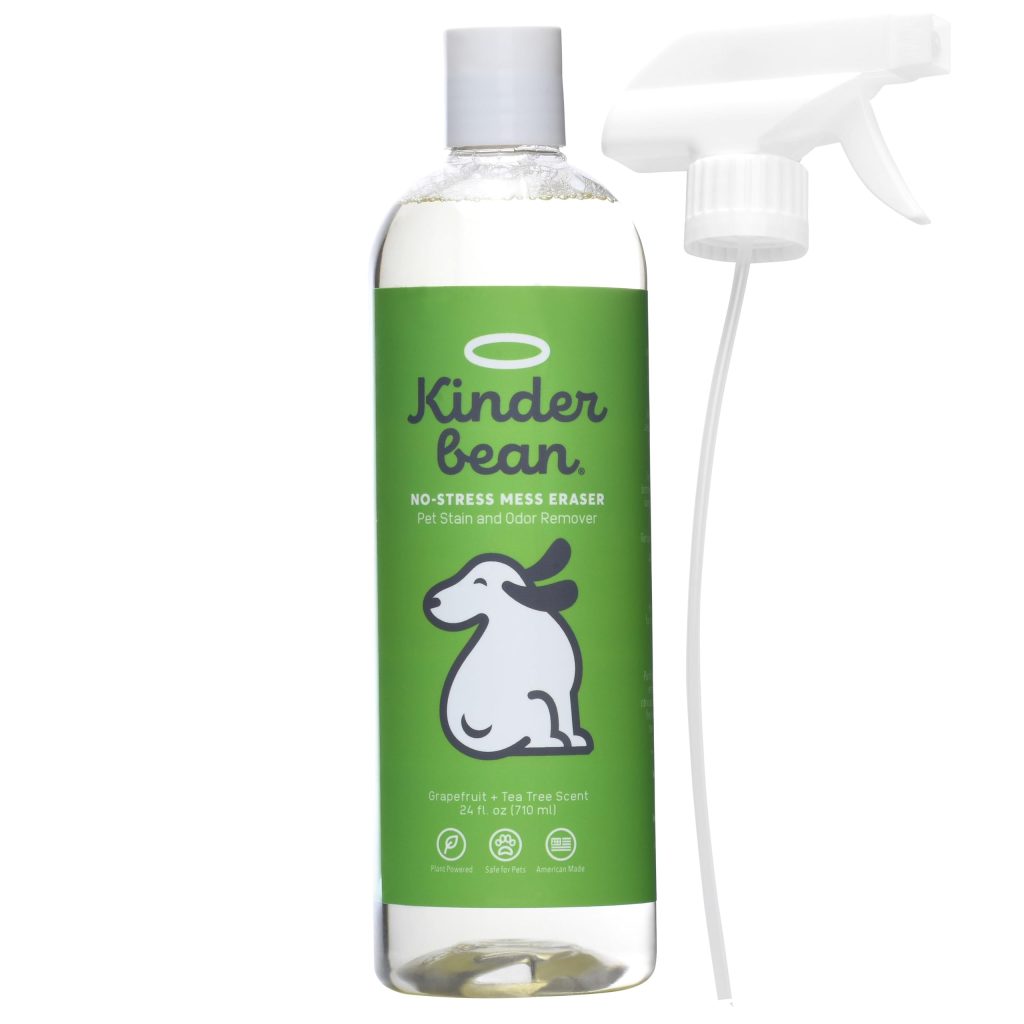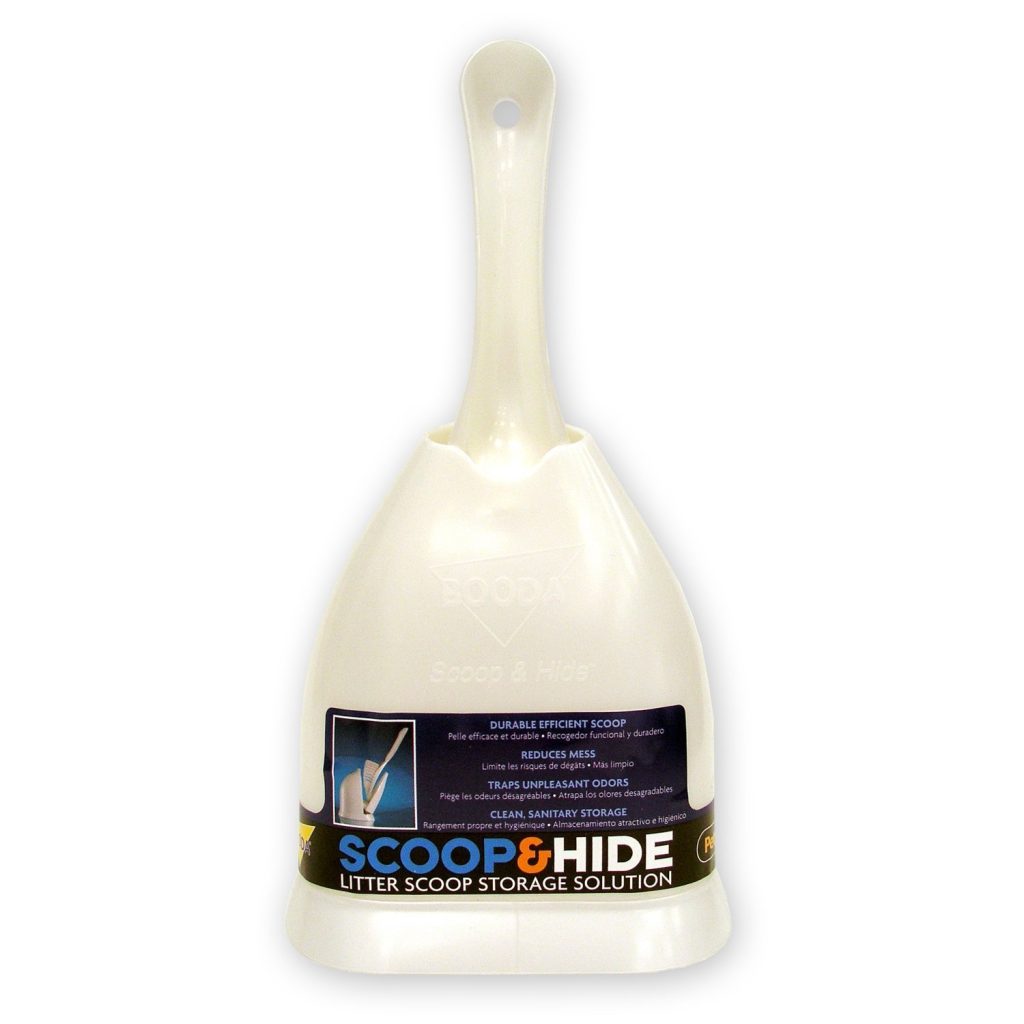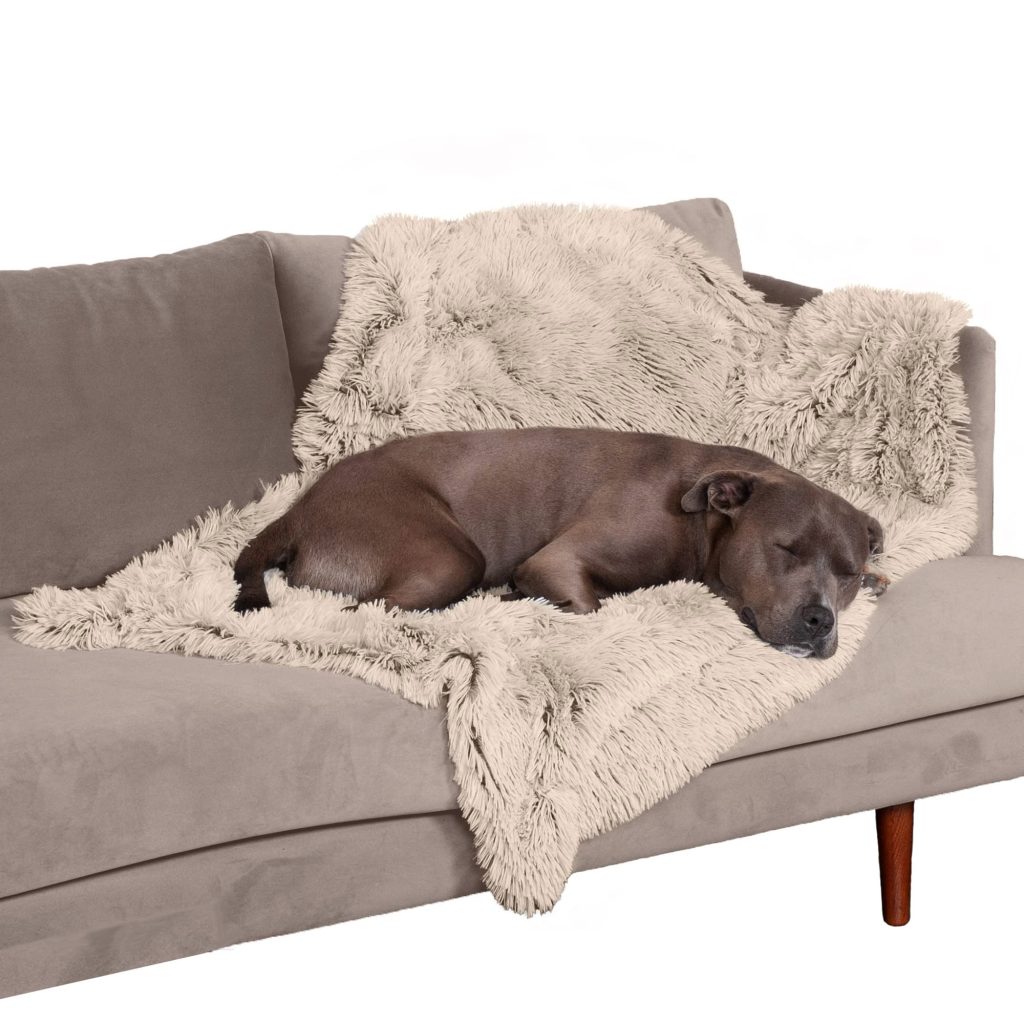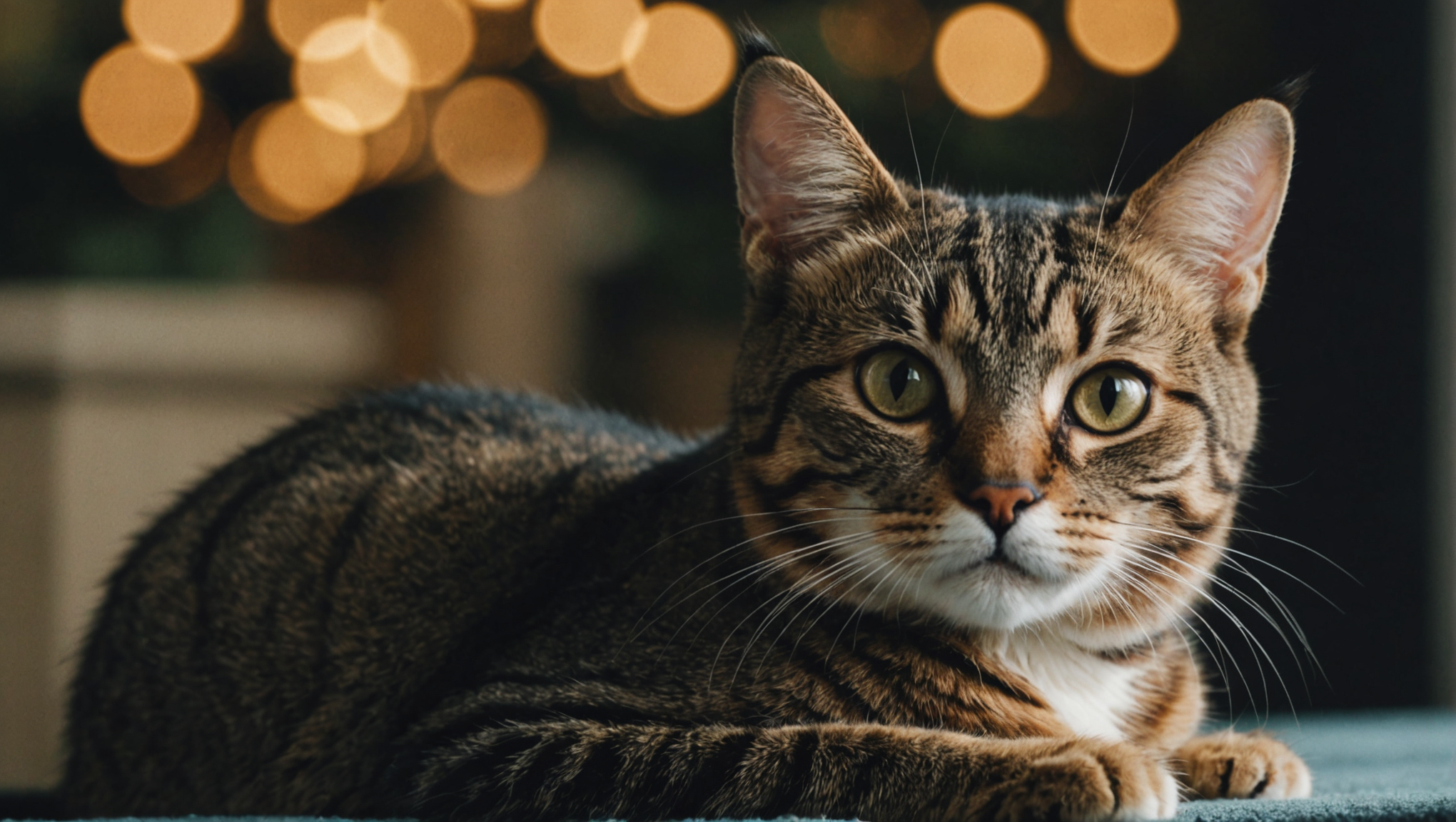
Understanding cat anxiety necessitates a nuanced examination of the feline psyche, which is intricately woven into their evolutionary past as both solitary hunters and social beings. Unlike dogs, who have been shaped by their long history of domestication to rely on human companionship, cats maintain a dual identity, straddling independence and sociability. This unique blend can lead to feelings of stress and unease when their environment or routines are disrupted.
At the heart of cat anxiety is the notion of predictability, which provides cats with a sense of control over their surroundings. Cats thrive in environments that adhere to their routines, as any deviation—from a change in their feeding schedule to the introduction of new pets—can elicit heightened levels of stress. For instance, a cat accustomed to a stable household may exhibit signs of anxiety when faced with a new family member or an unfamiliar visitor, triggering instinctual behaviors designed to protect themselves in times of uncertainty.
Moreover, the idea of territoriality plays a significant role in feline anxiety. Cats are inherently territorial creatures, often believing that they’re the rightful rulers of their domain. The introduction of smells from other animals, changes in furniture arrangement, or even new odors brought in from outside can encroach upon their territory, translating to feelings of vulnerability. This sense of an encroached territory may prompt defensive postures or, in more severe cases, regression in their litter box habits, resulting in frustration for both the cat and owner.
“Cats are connoisseurs of comfort.” – James Herriot
The intricate bonding process between humans and their feline companions is profoundly influenced by understanding cat anxiety. When an owner comprehends the underlying reasons for their cat’s apprehension—be it fear of loud noises, unfamiliar environments, or changes in household dynamics—they become better equipped to respond compassionately. This not only enhances the emotional well-being of the cat but also fosters a stronger bond between owner and pet, grounded in empathy and patience. In crucial moments, a humane approach to managing anxiety promotes trust and reassurance, allowing the feline to feel safe once more.
Recognizing that a cat’s behavioral quirks, such as excessive grooming or withdrawal from social interactions, can all signify underlying anxiety is paramount for nurturing a healthy environment. For instance, if a normally playful and interactive cat suddenly showcases signs of isolation or agitated behavior, this should be viewed as an urgent communication of distress, rather than mere stubbornness. Each purr, hiss, and flick of the tail serves as a window into their emotional state, where the owner must interpret and respond with awareness and love.
Ultimately, delving into the complexities of cat anxiety highlights the importance of an informed and empathetic approach. Owners who embrace this understanding pave the way for a harmonious relationship, transforming a household fraught with tension into a sanctuary where their feline can flourish—content, secure, and happy amidst the ebbs and flows of life.
Common Causes of Feline Anxiety
Common causes of feline anxiety manifest through an array of stimuli and experiences, each triggering a cascade of emotional responses that reflect the sensitivity of your cat’s nature. These causes are deeply steeped in both their instinctual drives and the subtle interactions they share with their environment. One significant contributor is the occurrence of sudden changes. For a cat, alterations such as relocating to a new home or significant renovations can feel akin to being thrust into an alien landscape. It dismantles their carefully curated world and can lead to feelings of disorientation. This emotional upheaval often surfaces in behaviors such as hiding or vocalizing more frequently, as they seek solace from an unsettling reality.
Moreover, fluctuations within the household—ranging from the introduction of new pets to changes in daily schedules—can unsettle their sense of stability. Cats thrive on routine; their daily existence often revolves around predictable intersections of feeding times, play, and curling up in their favorite napping spots. Even seemingly benign activities, like a visitor coming over for dinner or a week away on vacation, can create ripples of anxiety in a cat’s otherwise predictable rhythm. The fear of displacement from their established routine makes them susceptible to anxiety, highlighting the delicate balance they maintain in their lives.
Environmental factors also play a critical role in eliciting anxiety. Sounds emanating from outside—be it the distant roar of thunder, the blaring sirens of emergency vehicles, or the disruptive barks of neighboring dogs—can elicit acute stress responses. The feline’s acute hearing means they can detect sounds that escape human perception, which can cause them to go on high alert, leading to behaviors that appear panicked or distressed. Creating a safe, sound-muffled environment can help alleviate the impact of these external stressors, allowing cats to retreat to a world where they feel secure, especially during storms or high-traffic events in the neighborhood.
Additionally, health-related issues frequently lie at the forefront of underlying anxiety. Conditions such as hyperthyroidism or arthritis might not only alter a cat’s behavior but also compound their emotional struggles. When pain or discomfort lingers, it may lead to increased irritability or withdrawal. An attentive owner can recognize these indicators, linking physical well-being to emotional health. A thorough veterinary consultation should be part of the strategy to address behavioral anxieties that stem from physical ailments, emphasizing the interconnectedness between well-being and mental health.
Among the myriad contributors to feline anxiety, social interactions warrant particular attention. Cats are often misunderstood as solitary creatures, but they can develop strong bonds with their human companions and other animals. Disruptions, such as the loss of a companion pet or alterations in the dynamics of their human relationships, can lead to profound feelings of loneliness or insecurity. The grief process in cats is intricate; owners may observe behaviors indicative of searching or vocalizing, poignant signals of their need for comfort and stability during turbulent adjustments.
To navigate these challenges, it remains essential for owners to cultivate a deep awareness of their feline companions’ emotional landscapes. An informed approach encourages an atmosphere of patience and understanding, where owners can lessen the repercussions of anxiety by anticipating stressors and implementing gradual changes. This proactive attitude forms a conducive environment where anxiety may find less fertile ground, allowing cats to reclaim their tranquility and flourish in a realm that feels perpetually safe.
Signs Your Cat Is Stressed
Understanding the signs that your cat is experiencing stress is important for maintaining a harmonious home environment. Cats, being subtle communicators, often convey their feelings through a range of behaviors that may not always be immediately obvious to their human companions. The key lies in recognizing the departures from your cat’s usual demeanor, as these shifts can provide valuable insights into their emotional state.
One of the earliest indicators of feline anxiety is often a change in vocalization. A normally quiet cat may suddenly become more vocal, meowing insistently or even yowling; conversely, an outgoing feline may retreat into silence, opting to withdraw from interaction altogether. These changes can be symptomatic of distress, reflecting an internal struggle that necessitates the owner’s attentive observation. An owner attuned to these vocal cues can intervene early, offering comfort or reassurance when it’s most needed.
Physical manifestations of stress can also abound, with behaviors such as excessive grooming or sudden mood shifts. A cat that finds solace in grooming may begin to overindulge, resulting in fur loss or skin irritations, indicative of their inner turmoil. This compulsive behavior often serves as a self-soothing mechanism, yet it can spiral into a problematic cycle if the root cause of the anxiety is not addressed. Moreover, you may witness an increase in defensive behaviors—hissing, swatting, or arching of the back—especially in situations where a cat feels threatened or cornered. These behaviors signal a need for space and tranquility, as the cat’s instinctive fight-or-flight response kicks in, aligning with their profound need for safety and predictability.
Changes in litter box habits further serve as a poignant signal of distress. A once-predictable cat may suddenly begin to urinate outside the box or exhibit reluctance to relieve themselves. These actions might stem from anxiety related to territorial changes or an overburdened sensory experience within the home. Such behaviors underscore the importance of maintaining a stress-free environment, as a cat’s comfort with their litter box influences their overall well-being considerably.
Additionally, alterations in eating and drinking patterns can provide further revelation into your cat’s emotional state. A stress-induced lack of appetite could result in noticeable weight loss, or conversely, some cats may resort to overeating as a coping strategy. These fluctuations necessitate careful monitoring by the owner, encapsulating the intricate link between emotional and physical health in felines. Recognizing these signs allows for timely intervention, as altering diet or feeding routines may mitigate some reflection of anxiety.
Another critical area to observe is social interaction. A cat that suddenly exhibits withdrawal from family members or other pets may be expressing fear or discomfort. Social adaptation is inherent to felines; thus, an unwillingness to engage raises concerns worthy of further exploration. For instance, if a cat that typically enjoys lap time begins to shun human companionship, it may be a clear indicator that something, whether in the environment or their emotional state, has prompted a reevaluation of their comfort levels.
Feline anxiety can also manifest through destructive behaviors, where normally well-mannered cats display sudden inclination to scratch furniture or uproot houseplants. Such actions may not merely be instances of mischief but rather a frantic attempt to navigate their unease—a signal that their needs for stimulation or security are not being fully met. By careful observation and intervention, an owner can redirect these behaviors into healthier outlets, using playtime or interactive enrichment activities to encourage a positive channel for their cat’s energy.
“One cat just leads to another.” – Ernest Hemingway
Ultimately, interpreting these behavioral signals requires not only keen observation but also a profound understanding of your cat’s unique personality and baseline demeanor. Each subtle shift serves as an invitation to delve deeper into their emotional world, presenting owners with opportunities to address the sources of anxiety and foster a supportive environment. By recognizing and responding to these signs, you nurture the invaluable bond between you and your feline companion, fostering an atmosphere rich in trust, empathy, and mutual respect.
Techniques to Calm Your Cat
Calming a nervous feline presents a multitude of approaches, each grounded in an understanding of feline behavior and communication. Central to these techniques is the need to establish a tranquil environment where your cat feels secure. Start with environmental modifications; ensure the space is enriched yet non-intrusive, introducing elements such as cozy hiding spots and elevated perches. Cats are naturally adept at climbing, and providing vertical spaces can offer them a sense of control and safety, allowing them to observe their surroundings from a high vantage point. A window perch not only caters to their surveillance instinct but also connects them to the outside world in a safe manner.
Ponder the strategic use of pheromone diffusers or sprays, which can have a calming effect on your cat. These products mimic the natural feline facial pheromones that cats use to mark their territory as safe. By deploying these diffusers in areas where your cat spends the most time, you can create an environment imbued with a feeling of security. Additionally, engaging in gentle play can serve as a powerful distraction from anxiety triggers. Utilize interactive toys that encourage your cat to hunt and play, allowing them to channel their energy into positive pursuits. This not only provides mental stimulation but reinforces the bond between you and your feline as they experience joy and satisfaction during playtime.
Tai chi, yoga, or meditation—while these practices are designed for human benefit—can also create a more soothing atmosphere for your pet. Cats are extraordinarily sensitive to the emotional states of their humans. By embodying calmness, you inadvertently convey that serenity to your feline friend. When you’re relaxed, your cat is more likely to mirror that tranquility. In moments of anxiety, employing techniques such as soft-spoken reassurance can help in both soothing your cat and perpetuating trust in your relationship. Speak in comforting tones, offering reassurance through gentle strokes or rhythmic petting, as physical touch can be an immense solace for a scared kitty.
For more extreme cases of anxiety, behavioral modification techniques may come into play. Positive reinforcement training can be successfully implemented to help your cat associate previously anxiety-inducing stimuli with pleasant experiences. For instance, if your cat is fearful of loud noises, create a safe space and use treats or toys to positively reinforce calmness in those moments. Gradually desensitizing them to the source of their anxiety may involve pairing loud sounds with treats, helping them forge a new, positive association. This dedicated practice not only aids in reducing their anxiety but also fortifies the bond of trust and understanding between you.
Furthermore, the importance of regular routines cannot be overstated. Cats are creatures of habit; stability in their daily life is paramount to maintaining their emotional well-being. Commitment to a consistent feeding, play, and grooming schedule cultivates an atmosphere of predictability, minimizing the likelihood of anxiety. During periods of transition or change, as difficult as it may be, strive to maintain as much of their routine as possible to alleviate distress and foster a sense of normalcy.
“Cats know how to obtain food without labor, shelter without confinement, and love without penalties.” – W. L. George
In cases where behavioral modification proves insufficient, consulting with a veterinarian or a feline behaviorist can provide invaluable insights. These professionals can uncover underlying medical conditions that may manifest as anxiety or recommend potential therapeutic options, including consultative behavioral therapy or medication as a last resort. It is critical to approach anxiety in cats holistically, ensuring the physical and emotional aspects are intertwined with care and precision.
In essence, employing a myriad of techniques, ranging from environmental adjustments to behavioral training, can significantly calm a nervous cat. The relationship you cultivate with your feline companion hinges on mutual understanding and responsiveness to their needs. By using an empathetic approach rooted in the principles of feline behavior, you will not only alleviate their anxiety but also enrich the emotional bond you share, creating a sanctuary where your nervous feline can thrive amidst the gentle ebb and flow of life.
Creating a Safe Space for Your Feline
Creating a safe and nurturing environment for your feline companion very important for mitigating anxiety and fostering a sense of security. This sanctuary should be thoughtfully designed to align with the innate behaviors and preferences of cats, enabling them to reclaim their comfort amidst the complexities of life. Central to this task is the establishment of designated spaces that cater specifically to your cat’s needs, allowing them to retreat whenever they feel the encroaching weight of stress.
A vital component in crafting this safe haven is the inclusion of vertical spaces, which are invaluable to a cat’s well-being. Cats are naturally inclined to seek heights where they can observe their territory without being threatened, so providing shelves, cat trees, or window perches will enable them to take stock of their surroundings from a position of safety. For instance, if you can place a comfy, elevated perch near a window, it not only supplies a perfect lookout but also allows them to enjoy the sights and sounds of the outside world, stimulating their curious nature while ensuring they feel secure.
In addition to vertical spaces, quiet, secluded areas should be integrated throughout the home. These refuges can be created with soft bedding, covered boxes, or even blankets draped over furniture to form an inviting cave-like environment. Such spaces offer cats solace during times of distress, allowing them to retreat without feeling exposed. Think of these hideaways as sanctuaries where your feline can disengage from overwhelming stimuli, a necessary step for any anxious cat seeking refuge. Furthermore, maintaining a clutter-free environment around these spaces can enhance their allure, ensuring they remain as calming as possible.
The strategic arrangement of litter boxes is another essential aspect. Many cats experience anxiety related to their toilet habits; thus, placing litter boxes in quiet, accessible locations can alleviate stress. Ideally, a box should be located in a low-traffic area, away from loud noises and disruptions, allowing the cat to engage in this natural behavior without feeling vulnerable. Owners should also maintain a clean litter box, as a dirty one may contribute to discomfort and further exacerbate anxiety levels.
Environmental enrichment—both mental and physical—is vital for offsetting anxiety-inducing factors. Integrating toys that stimulate your cat’s predatory instincts can serve to distract and engage them, transforming moments of stress into opportunities for play. Toys that encourage hunting behaviors, such as feather wands or laser pointers, encourage exercise and cognitive engagement, drawing their focus away from unease. Additionally, the introduction of puzzle feeders can mentally stimulate your feline while presenting a pleasurable challenge that diverts their attention from anxiety triggers.
It’s also imperative to create a predictable daily routine. Cats thrive on consistency, and adhering to a regular schedule can provide much-needed structure in their lives. Ensuring that feeding times, play sessions, and quiet hours remain stable cultivates a sufficient level of predictability, equipping your cat with the assurance that their day unfolds in a manageable way. During times of change or upheaval, such steady routines can act as a comforting beacon, steering them toward familiarity in an uncertain world.
Furthermore, the utilization of ambient sounds and scents can significantly enhance your cat’s safe space. Soft, soothing music or white noise machines can help mask jarring external sounds, transforming your home into a serene environment. Similarly, the use of calming pheromone diffusers can create an atmosphere imbued with comfort, for these products imitate the natural pheromones that cats use to establish a sense of security within their environment.
“Cats choose us; we don’t own them.” – Kristin Cast
For those with multiple cats or various household dynamics, managing interactions is also crucial. Failure to establish clear boundaries can create an environment filled with tensions and unexpected confrontations. To mitigate anxiety stemming from sibling rivalry or territorial disputes, ensure that each cat feels they have ownership over their space. This may involve designating feeding areas or resting spots that allow them to thrive in their respective realms without interference.
Ultimately, bespeaking the needs of your nervous feline through a comprehensive approach underscores the profound influence of a thoughtfully crafted safe space. Such an environment not only alleviates their anxiety but also promotes the essential bond between owner and cat, establishing trust and understanding. In this unique habitat, your cat can flourish, finding peace amid the pressures of life, reflecting a balanced relationship that transcends mere ownership and evolves into an enriching companionship based on empathy and respect.
